[Horticulture Therapy] How to combine horticulture therapy and elderly care with agricultural parks
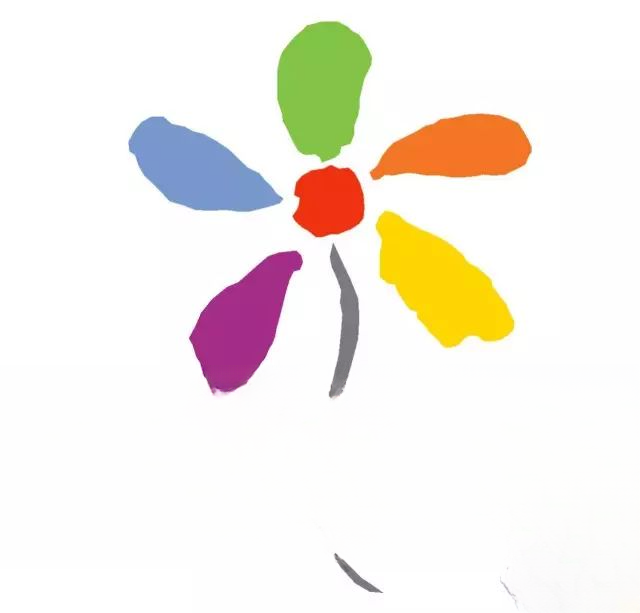
Throughout human history, plants not only provide energy for various life activities but also offer visual enjoyment as ornamental landscapes. Plants predate humans by millions of years, but their potential functions and uses were far less developed, and our understanding of plants is only the tip of the iceberg.
With the rapid development of the economy and society, the pace of life and work has also accelerated, and people are under pressure from all sides. To relieve stress, many people choose to get closer to nature. In this process, people gradually realize the irreplaceable role and benefits of plants and nature.
1. The development of horticultural therapy
Horticultural therapy has always been considered a technique, but its development as a discipline is a recent development. From ancient times to the present day, it has gone through three stages: founding, transformation, and growth.
In ancient Egypt, people had achieved therapeutic effects through gardening. Doctors at the time asked patients with mood swings to stroll in the garden to stabilize their emotions. This was the earliest form of horticultural therapy.
From the end of World War II until 1970, the United States introduced horticultural therapy into wounded rehabilitation and vocational training, enriching the practice's meaning. The American Horticultural Therapy Association was established in 1973 to promote horticultural therapy and implement a professional registration system. With the continued promotion and application of horticultural therapy, universities in Europe, the United States, and Japan began offering horticultural therapy training courses, ushering in a new era in the research and application of horticultural therapy.
Thousands of hospitals in the United States and Canada use plants to provide a variety of treatments to people with physical and emotional disabilities; there are more than 250 horticultural therapists in North America working in various institutions (nursing homes, schools, hospitals, etc.) to help patients relieve physical and mental pain.
The research on horticultural therapy started relatively late. The relevant concepts, history, current status, and efficacy of horticultural therapy were first introduced in 2000. Other related research needs to be further carried out.
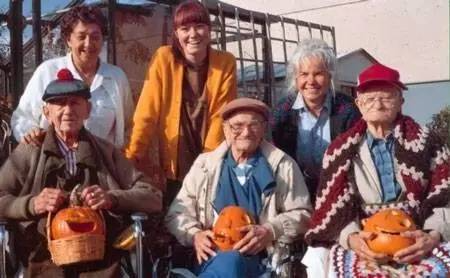
2. Related concepts of horticultural therapy
For a long time, the industry has generally accepted the concept proposed by the American Horticultural Society and enriched and refined by Li Shuhua. Horticultural therapy is an effective method for people who need to improve their physical and mental well-being by using plant cultivation and gardening activities to adjust and renew themselves socially, educationally, psychologically, and physically. It primarily serves people with disabilities, the elderly, the mentally ill, the mentally retarded, drug abusers, criminals, and the vulnerable, among others.
As research into horticultural therapy deepens, the concept of horticultural therapy is also expanding. The scope of services and populations is expanding. In addition to the aforementioned groups, it is also applicable to those in healthy and sub-healthy states. Treatment methods include not only gardening and plant cultivation, but also the utilization of plants' ecological and health-promoting properties. In a broad sense, horticultural therapy refers to therapies that utilize plants or various activities centered around plants to promote physical, mental, and spiritual well-being. These therapies include aromatherapy, color therapy, landscape therapy, plant-based five-element therapy, forest bathing, light therapy, oxygen therapy, and sound therapy. These therapies are suitable for people of all ages, backgrounds, abilities, and physical and mental conditions.
Horticultural therapy is designed and guided by professionals such as horticultural therapists. Through activities such as planting and arranging flowers, fruits, vegetables and herbs, people can benefit from physical, psychological, cognitive, social and vocational skills.
Horticultural therapy is rarely used in China. We hope to use sanatorium gardens as a vehicle to introduce standards for the configuration of horticultural facilities and specific horticultural operation techniques, so as to promote and popularize horticultural therapy to a certain extent.
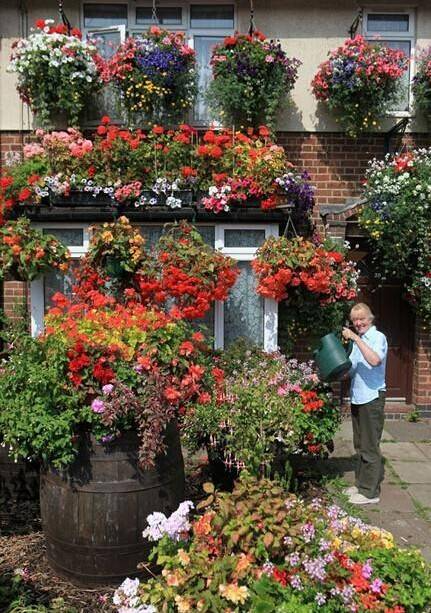
3. Characteristics of Horticultural Therapy
1) Naturalness. Horticultural therapy is different from other physical or chemical therapies. It is a natural therapy that mainly relies on plants or activities around plants for benefits.
2) Diversified service populations. Horticultural therapy is not only suitable for patients, but also for healthy and sub-healthy people. It is not targeted at any specific disease.
3) Horticultural therapy promotes and restores physical health through both active and passive approaches. The former primarily uses practical gardening activities such as composting, weeding, planting, picking, flower arranging, and potting to actively benefit users, improving their physical function and immunity, increasing their sense of accomplishment and satisfaction, and thus promoting physical and mental well-being. The latter primarily uses therapeutic landscape design and the selection of health-promoting plants to passively benefit users' bodies and minds.
4) Economical. Horticultural therapy does not require the large investment of equipment and buildings required for hospital construction, and its cost is relatively low.
5) Long-term: Horticultural therapy must be practiced over a long period of time to achieve satisfactory results.

4. Activities of Horticultural Therapy
Generally speaking, horticultural therapy activities mainly include:
The production of artwork and handicrafts, group activities, hiking and picnics, indoor planting, outdoor planting, etc. For the specific forms of each type, please refer to 1. For nursing homes, the following activities can mostly be arranged and implemented according to the needs of users.
Table 1 Horticultural therapy activities
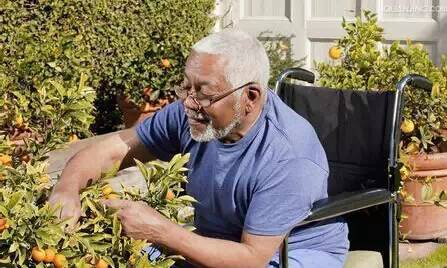
5. Application of Horticultural Therapy in Elderly Care Real Estate
The core of retirement real estate lies in "nurturing". How to "nurture" is not a fixed answer. Different philosophical thoughts have different answers. Taoists believe in tranquility and inaction, and seek inner peace to prolong life; Buddhists may believe in meditation and vegetarianism, and converting one's heart to seek the way to heaven; Confucian intellectuals may believe that inheriting the unique knowledge of the sages, creating eternal peace, and striving for it until death should be their state in old age; sports and leisure studies may believe that diligent exercise and physical fitness are the way to maintain health; medical care studies may believe that nutritious meals, a combination of prevention and treatment, and hospitalization for recuperation can prolong life.
Therefore, retirement real estate models based on Zen meditation, Taoism, academies, health and medical care have emerged one after another. Some scholars have even summarized them into 15 models. These seemingly reasonable models always fail to resonate with the public. For a contemporary society with a long tradition of agricultural civilization where most people have only 30 years of urban life experience, the dream of a blend of traditional Utopia and modern city is an indelible pursuit for most elderly people.
Most seniors' reliance on and yearning for nature likely far outweighs the so-called highbrow health regimens of Zen, Taoism, and Confucianism. Even those with a more refined sense of culture who pursue these practices would likely accept, or at least not resist, a "nature-focused" approach. Youxian Agriculture has discovered that what today's seniors lack is similar to what today's children lack: their desire for knowledge, culture, and skills far outstrips their thirst for nature. "Nature Deficit Disorder" has become a topic of vital concern for urban children. Perhaps allowing seniors to return to nature, to picking chrysanthemums under the eastern fence, to leisurely contemplating the southern mountains, to a neighborhood life of working the fields by day and resting by night, and trading mulberry leaves for oranges, is the key to urban retirement .
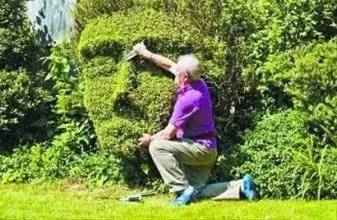
How can senior living properties bring seniors back to nature? Real estate development often leads to landscaped gardens and ecological gardens; landscape design often leads to exotic flowers and plants, a vibrant display of beauty. This isn't what seniors truly need from nature. They want a participatory lifestyle, not just lavish landscapes; they seek therapeutic well-being, not a detached self-image; and they seek social interaction fueled by nature, not solitary park-like appreciation.
Therefore, "horticultural therapy" may be a way to break through the bottleneck of senior living real estate. Imagine the following scenario. Would it excite you if you were an elderly person?
This might be a senior community, a nursing home, or even a comprehensive retirement estate. When planning similar parks, Youxian Agriculture transforms traditional landscaping into gardening, allocating land to elderly residents. The residents can choose whether to cultivate the land based on their own preferences. Those who cultivate the land meticulously manage their gardens, perhaps planting flowers or vegetables. The planting and harvesting process immerses the elderly in their emotions, unleashing their creativity and gaining confidence and a sense of accomplishment. They also connect with each other through gardening, enriching each other's later years. Studies have confirmed that gardening therapy significantly improves the mood of the elderly.
If we simply change the existing landscaping methods and turn them into gardening with strong participation of the elderly to achieve gardening therapy, there are still institutional risks. We also need a role that can organize and guide the elderly to engage in gardening, sharing, and celebrations. This is also a new profession - gardening therapist. Gardening therapists have become an important role in nursing homes. When the profession of gardening therapist becomes common, the quality of elderly care will be more guaranteed.
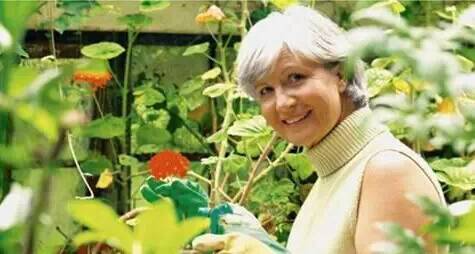
6. Introduction of Horticultural Therapists
The profession of horticultural therapist is still rare, and the more common professions are gardeners, etc. However, with the continuous development of horticultural therapy and the influence of foreign horticultural therapy, horticultural therapists are bound to appear in future horticultural therapy.
Horticultural therapists are professionals who have received professional training in horticultural therapy and possess practical knowledge of gardening techniques. They are able to design appropriate gardening and plant-related activities tailored to the diverse abilities and needs of participants, thereby achieving therapeutic outcomes. Before initiating treatment, horticultural therapists assess participants' abilities and needs, set goals tailored to their specific circumstances, and design appropriate gardening activities. Horticultural therapists focus on the entire participant experience; completing assigned tasks is only one objective.
An excellent horticultural therapist can serve as a vocational trainer, occupational rehabilitation therapist, or community garden coordinator. The profession of horticultural therapist has already emerged in Hong Kong and Taiwan. Taiwan's first horticultural therapist, Huang Shenglin, and Hong Kong's first horticultural therapist, Feng Wanyi, played a significant role in the development of horticultural therapy. They also established institutions such as the Taiwan Horticultural Therapy Association and the Hong Kong Horticultural Therapy Center, contributing significantly to the popularization of horticultural therapy.
In 1973, the United States established and promoted a professional registration system for horticultural therapy and its practitioners. Currently, there are hundreds of horticultural therapists serving in hospitals, rehabilitation centers, community centers, and schools. While horticultural therapy in China started relatively late, the United States already has a relatively mature development path and certification program for horticultural therapists, which is worth learning from.
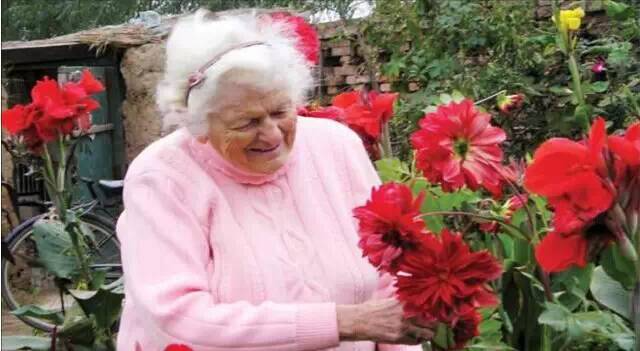
7. Implementation of gardening operations
1) Obtain financial and material resources and establish a research and implementation team. Ideally, gardening programs should be designed and directed by a horticultural therapist or related professional, with collaboration from nursing home medical staff or rehabilitation technicians. Gardening programs can be volunteered by residents or incorporated into nursing home rehabilitation programs, encouraging residents' active participation. Gardening programs can be funded by participating residents or sponsored by other relevant organizations.
2) Understand the patient's physical and mental state. Before implementing gardening practices, the horticultural therapist must have some understanding of the patient's physical and mental condition. This can be achieved through the patient's medical staff or through relevant documentation. This allows the therapist to develop a personalized implementation plan and goals.
3) Set goals and design curriculum. After fully understanding the patient's physical and mental condition, detailed goals and plans should be developed, such as lesson plans, weekly plans, and ultimate goals. Currently, gardening practices offered overseas and in Taiwan primarily include preparatory work (such as composting), herb seed propagation, woody plant seed propagation, seedling transplanting, asexual propagation by division, asexual cuttings, asexual leaf cuttings, simple flower arranging, and potted plant combinations. Courses should be simple and accessible, with clear focus.
Horticultural therapy course design can draw on the effective methods of horticultural therapy for achieving specific goals summarized by relevant scholars internationally, or the horticultural therapist can design their own. The duration of the course is determined by the goals achieved and the evaluation of the final results. The course is usually 5-7 days per cycle, but the cycle can be extended if the effect is slow. A curriculum is required for each course, including the purpose, class time, venue, tools required, work materials, methods and procedures. The therapist's operation should be observed and recorded to facilitate subsequent evaluation of the results and improvement of the program.
Here's a purposeful gardening method that allows you to focus on your work.
The ultimate goal: The patient can focus on any task for 15 minutes
The goal of horticultural therapy: The patient can focus on cuttings for 15 minutes and do it 5 times in a row
Method: ① Focus on cutting work for 5 minutes, 5 times in a row; ② Focus on cutting work for 10 minutes, 5 times in a row; ③ Focus on cutting work for 15 minutes, 5 times in a row;
The application and goals of horticultural therapy for the elderly mainly include: ① Cultivating self-independence; ② Maintaining and improving one's own health; ③ Cultivating and developing original hobbies; ④ Maintaining and improving clear consciousness; ⑤ Stabilizing emotions; ⑥ Good social skills.
4) Evaluation and improvement. In order to make horticultural therapy more scientific and better adapted to the physical and mental conditions of the participants, continuous evaluation and improvement of the program are necessary. The evaluation is mainly completed through two aspects, such as the therapist's self-evaluation and the instructor's observation and record of the therapist during the course. Corresponding student achievement evaluation forms and instructor evaluation forms can be formulated and completed in the form of scoring or selection. This can more objectively evaluate the results and improve the original goals, so as to better achieve the purpose of horticultural therapy. After the therapists have completed the relevant horticultural therapy courses, they can be surveyed on the results of the horticultural therapy courses, such as whether they have missed classes during the training courses, which projects are easier to accept, whether they can increase interactions with their peers, whether they will train on their own after the course is completed, and suggestions for improving the course.
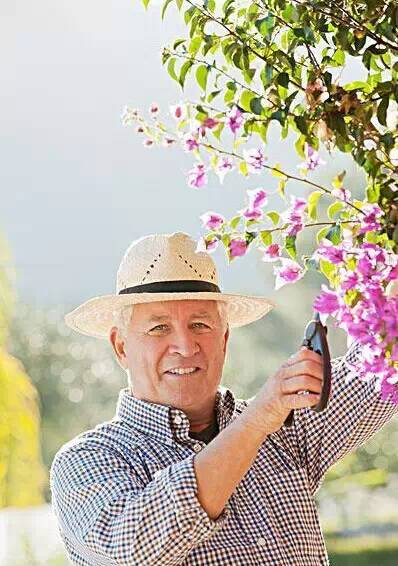
8. Summary
Generally speaking, horticultural therapy in nursing homes is divided into two parts. One is to stimulate the user's senses of touch, smell, taste, hearing, and vision through agricultural horticultural landscape design. The other is to actively participate in the course design and gain benefits through practical operation. The development of horticultural therapy is relatively late, and more people need to actively participate in order to benefit more people.
Source: Plant Frontier